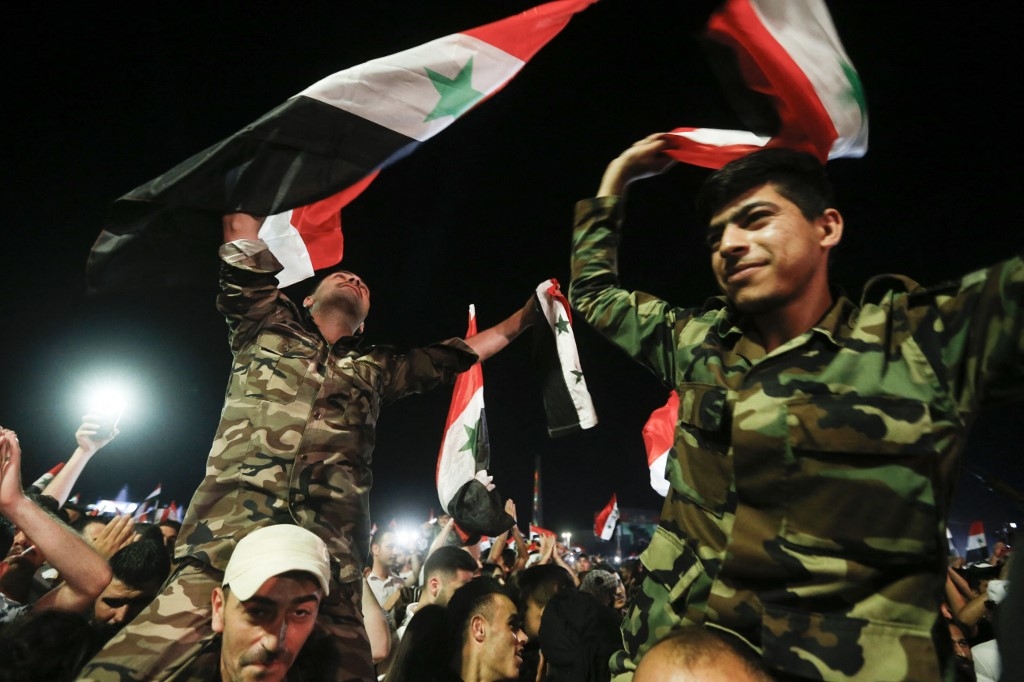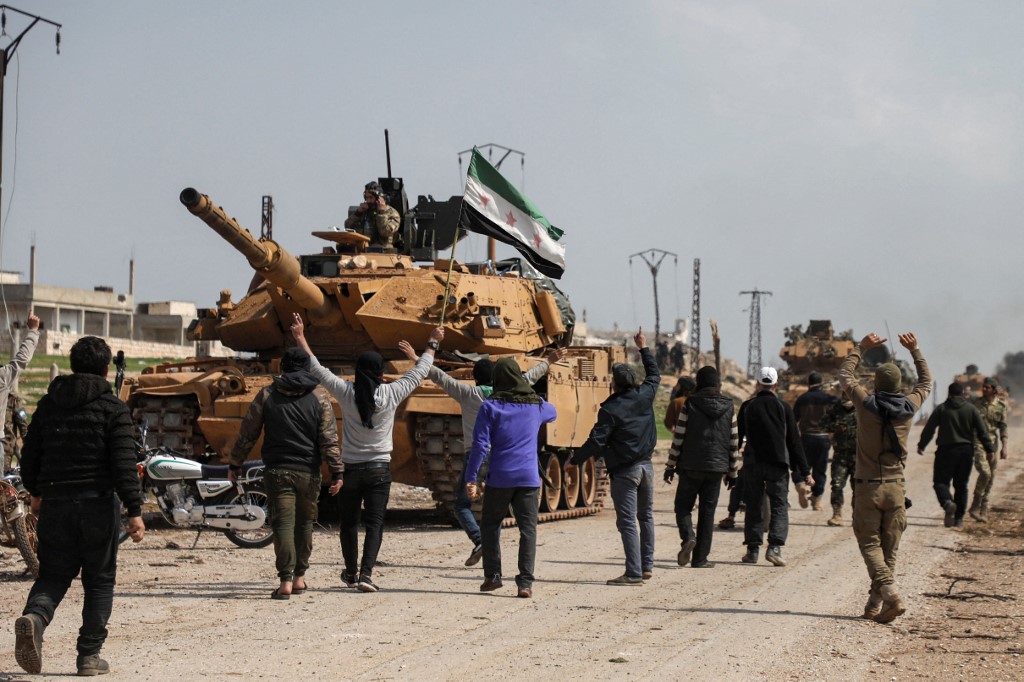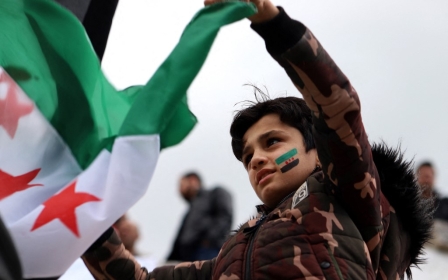Syria: Can anyone seriously threaten Assad's grip on power?

With Syria experiencing a period of relative calm since the ceasefire brokered in March 2020, it is an apt time to examine the different governing models that have emerged in the country.
There are currently four: the Syrian Salvation Government of Hay'at Tahrir al-Sham (HTS) in Idlib; the opposition-led Syrian Interim Government in the north; the self-declared autonomous region in the northeast, managed by the Kurdish-dominated Syrian Democratic Forces; and the Assad regime, maintained with the support of Russia and Iran.
Assad's military dominance has not fixed the economy, as international sanctions and mismanagement continue to prevent citizens from meeting their basic needs
Looking at the advantages and weaknesses of each, it is likely that only two could be successful in the long term: the Assad regime and the Syrian Interim Government.
The HTS-backed Syrian Salvation Government (SSG) is powered by the large population of displaced Syrians residing in its region, but it has no international recognition, with HTS considered a terrorist organisation by all the major foreign actors in the Syrian field - the UN, US, Turkey and Russia. As such, foreign actors have no incentive to invest in its governance model.
Occasional attacks by the Assad regime and its allied forces make it impossible to rule out a comprehensive military operation against HTS in the months ahead, and as a result, the future of the SSG remains unclear. In the meantime, HTS leader Abu Mohammad al-Jolani has been working to send a message to international actors by strengthening his relations with locals, and telling the western world that his group is not a threat to them, as it wishes to fight only the Assad regime.
New MEE newsletter: Jerusalem Dispatch
Sign up to get the latest insights and analysis on Israel-Palestine, alongside Turkey Unpacked and other MEE newsletters
Shifting focus
The so-called Autonomous Administration of North and East Syria (AANES) is a key area under the control of the Syrian Democratic Forces (SDF), and contains productive water, petrol and agricultural resources. But while the AANES is supported by many western states, both diplomatically and financially, the area has not been officially recognised as autonomous.
Moreover, since Turkey’s Operation Peace Spring, the US has retreated from many areas of the country, shifting its focus to protecting Syria’s oil. Under the Biden administration, however, a US oil company that had been given permission to operate in northeast Syria by the Trump administration did not get its waiver renewed - yet another example of Washington's faltering Syria policy.
For Turkey, the SDF - dominated by the Kurdish People’s Protection Units (YPG) - is persona non grata due to the YPG’s links with the outlawed Kurdistan Workers’ Party (PKK). The YPG has been sidelined from the opposition’s constitutional negotiation process, and the possibility of a new Turkish-led military operation against the SDF is ever-present, particularly if the US retreats fully from Syria, as it did from Afghanistan.
The Syrian Interim Government (SIG), however, is in a different position. Turkey has been a key supporter, and the reopening of border crossings promises a significant financial boost.
International recognition of the Syrian National Coalition also bolsters the SIG, giving it authority in the eyes of western states as the legitimate representative of the Syrian people. Still, there is much work to do on an internal level, with a need to decentralise the command structure. If this can be achieved, the SIG could truly become an alternative regime for the country.
Assad's domination
In recent years, the Syrian regime has gained the military upper hand over opposition forces. Many have fled the country, or relocated to areas controlled by HTS or the SIG, giving the regime a more “controllable” population in the areas where it maintains dominance.
Among the regime-held areas, recent protests in Daraa presented an exception to the rule, as the city’s population was not entirely driven out, and the regime entered the region via a Russian-sponsored reconciliation deal. Overall, the regime’s strategy to drive opposition forces out of the country has been largely successful, making governance an easier prospect.
And while western states remain opposed to the regime in Damascus, some Arab countries have started to rekindle relations. With the support of Russia, President Bashar al-Assad has manipulated the de-escalation zone agreement to expand his territorial control - but his military dominance has not fixed the Syrian economy, as international sanctions and mismanagement continue to prevent citizens from meeting their basic needs.
Still, the US has stated that it does not aim to overthrow the Assad regime, but rather to change its behaviour. And at the end of the day, this is not a personal issue: even if Assad leaves power one day, Russia and Iran will ensure that a regime based around the Alawite sect will continue.
The views expressed in this article belong to the author and do not necessarily reflect the editorial policy of Middle East Eye.
This article is available in French on Middle East Eye French edition.
Middle East Eye delivers independent and unrivalled coverage and analysis of the Middle East, North Africa and beyond. To learn more about republishing this content and the associated fees, please fill out this form. More about MEE can be found here.







